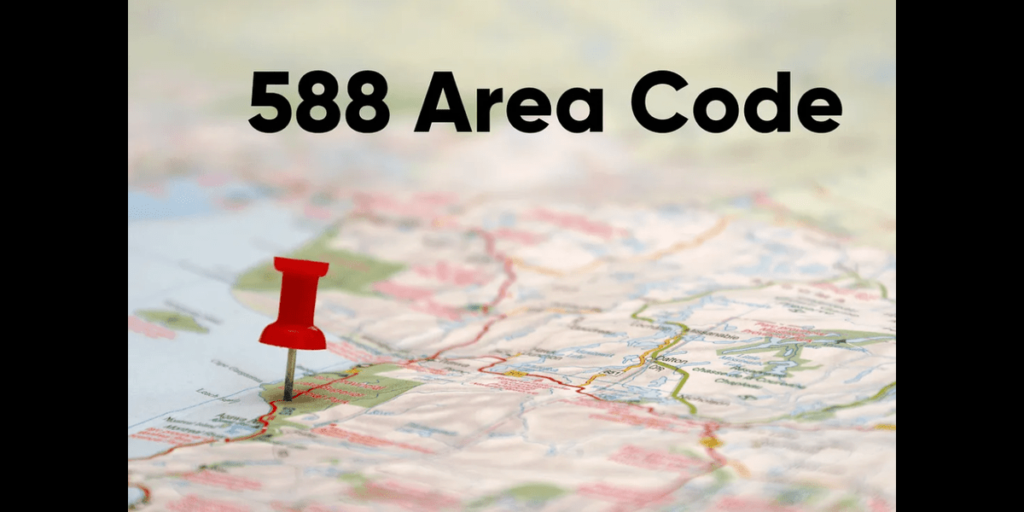Introduction 588 Area Code:
In the landscape of telephone area codes, the 588 area code stands out as a unique identifier. Originating from North America, this code carries its own story and significance. In this comprehensive guide, we delve into the intricacies of the , unravelling its history, functionality, and frequently asked questions to provide you with a complete understanding.
Understanding the 588 Area Code:
The 588 area code is a relatively recent addition to the North American Numbering Plan (NANP), serving specific regions within the provinces of Quebec and Newfoundland and Labrador in Canada. It was introduced to address the growing demand for telephone numbers in these areas while ensuring efficient communication services for residents and businesses alike.
Key Features of the 588 Area Code:
- Geographic Scope: The primarily covers regions within Quebec and Newfoundland and Labrador. It encompasses various cities, towns, and rural areas, facilitating communication across diverse communities.
- Overlay Code: Unlike traditional area codes that are geographically distinct, the operates as an overlay code. This means that it was introduced in regions already served by existing area codes (e.g., 418, 438, 514), allowing for the introduction of new telephone numbers without necessitating geographical boundary changes.
- Number Assignment: Telephone numbers with the 588 area code are allocated to new subscribers and businesses seeking phone services within the designated regions. These numbers enable individuals and organizations to establish connections and communicate seamlessly across the covered areas.

FAQs About the 588 Area Code:
- What areas does the 588 area code cover?
- The primarily covers regions within Quebec Newfoundland and Labrador, including cities like Montreal, Quebec City, and St. John’s.
- Why was the 588 area code introduced?
- The introduction of the was necessary to meet the growing demand for telephone numbers in specific regions while maintaining the integrity of existing area codes.
- How do I get a phone number with the 588 area code?
- To obtain a phone number with the 588 area code, individuals and businesses can contact their telecommunications service provider to inquire about available options and pricing.
- Do I need to change my existing phone number if the 588 area code is introduced in my area?
- No, the introduction of the 588 area code as an overlay does not require existing phone numbers to be changed. However, new numbers assigned within the covered regions may include the 588 area code.
- Is there any additional cost associated with dialling the 588 area code?
- Generally, calls within the same area code are treated as local calls and do not incur additional charges. However, it is advisable to check with your service provider regarding any specific pricing or billing details.
Conclusion:
The represents more than just a sequence of numbers; it embodies connectivity and communication within specific regions of Canada. As an overlay code, it reflects the evolution of telecommunications infrastructure to accommodate the growing needs of society. By understanding its significance and functionality, individuals and businesses can navigate the realm of telephone services with clarity and confidence.